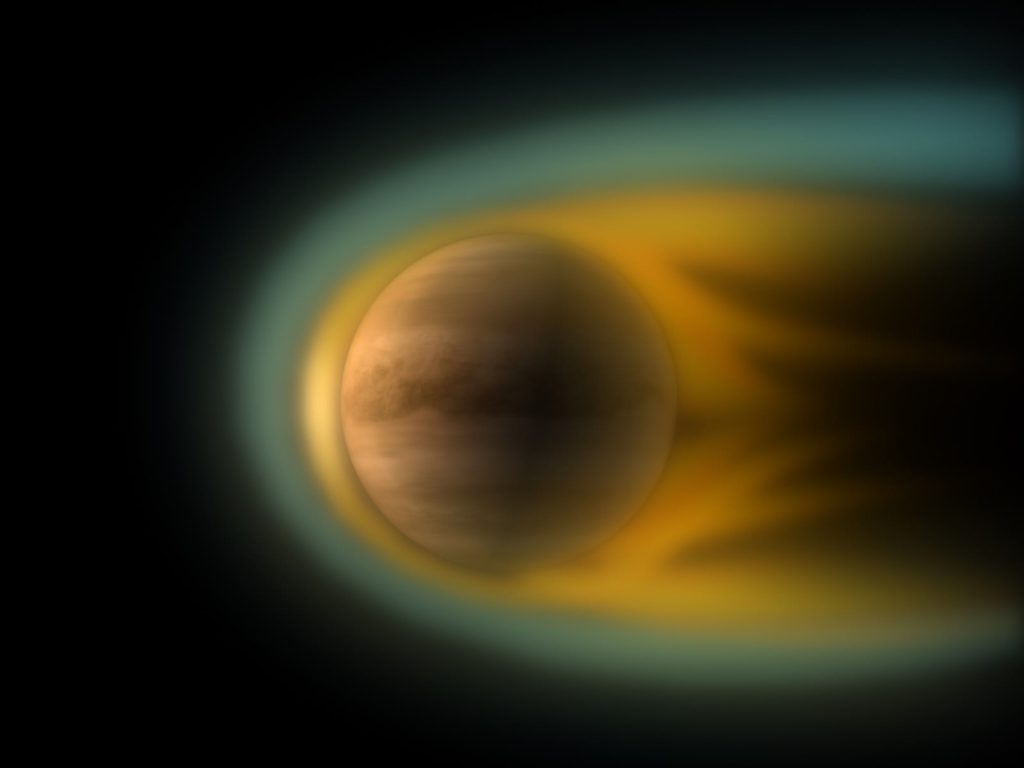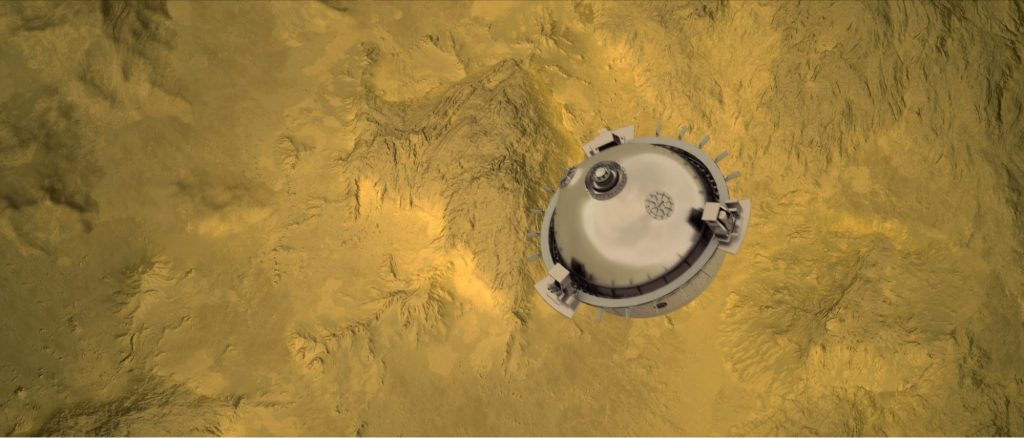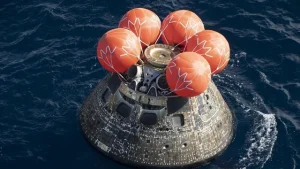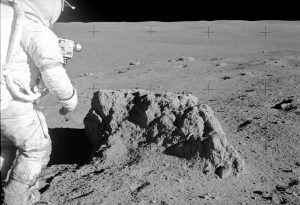The Dehydrated World: New Study Explains How Venus Lost Its Water
9th May 2024
Venus, the second planet from the Sun, holds the title of being the hottest in our Solar System, with an average surface temperature of around 735 K (462 °C). Its remarkable similarities to Earth’s size, mass, density, and geological composition have intrigued researchers for years, sparking speculation that it might have once hosted vast oceans around 3 billion years ago.
The new study from the University of Colorado Boulder tries to answer the question: “Where did the water go?”
The Problem of Oxygen Shortage
Modern astronomy tries to answer most questions through computer modeling. If you know the necessary parameters well, you can visualize processes occurring even in very distant worlds.
In modern age astronomy, planetary scientists have already resorted to computer modeling of Venus. An important stumbling block in the theory of a “watery Venus” is the fact that its atmosphere contains almost no oxygen atoms, however, if Venus really had oceans in the past, they should have evaporated under the influence of the sun’s rays, saturating the planet’s atmosphere with hydrogen and oxygen atoms . And if hydrogen could subsequently escape into space through a process known as “dissociative recombination,” then oxygen should have remained in the Venusian atmosphere. At least in small quantities
The computer model of the atmosphere of Venus created by Alexander Warren and Edwin Kite from the University of Chicago was run 94,080 times. According to the results of the work:
“Narrow range of early habitable Venus scenarios permitted by modeling of oxygen loss and radiogenic argon degassing” published in 2023, only in a small percentage of cases (0.4%), the data closely matched today’s indicators.
According to the modeling results, oxygen could disappear from the atmosphere, getting into the oxidizing volcanic rocks of the planet (basalt), or gradually leave the atmosphere over billions of years, seeping into space. But how could this become possible?
Possible culprit
A new computer model created by Erin Kangi and Michael Chaffin of the Laboratory for Atmospheric and Space Physics (LASP) puts more emphasis on the chemical processes and reactions occurring on the planet. According to new data, the main culprit for the active loss of water may be the HCO+ molecule, which is contained in the upper layers of the Venusian atmosphere.
HCO+ is an ion that consists of one atom of hydrogen, carbon and oxygen. When a “greenhouse crisis” occurred on Venus several billion years ago, causing surface temperatures to rise to 462 °C and the evaporation of all liquid oceans into the atmosphere, it was HCO+ that could be responsible for the subsequent disappearance of H2O.

HCO+, constantly produced in the atmosphere of Venus, reacts with free electrons. As a result of recombination, electrons split the HCO+ ions in two, causing hydrogen atoms to escape into space, permanently reducing the saturation of Venus’ atmosphere to one of the two key atoms involved in the formation of water.
The Main Mystery of the New Theory
The hypothesis explaining the loss of Venusian water with the participation of the HCO+ ion looks very convincing, if you do not take into account one serious dilemma — the predominance of this ion was not recorded in the atmosphere of Venus.
The authors of the new study, Erin Kangi and Michael Chaffin, believe that this gap is due to the fact that scanning for HCO+ has never been carried out properly. Most planetary missions in recent decades have focused on Mars, overlooking the fact that the mechanism of water loss on inhabited worlds can be explained by proper exploration of Venus.
By the end of this decade, several planetary missions will be launched to Venus, among which the most ambitious is NASA’s Deep Atmosphere Venus Investigation of Noble Gases, Chemistry, and Imaging (DAVINCI) (due to launch in 2029).

Even though the Venus probe will still lack a scanner to determine the saturation of HCO+ ions, scientists at the University of Colorado Boulder hope that the data obtained will be enough to confirm or refute their hypothesis.






Thank you for your comment! It will be visible on the site after moderation.